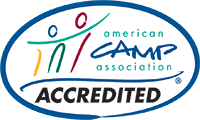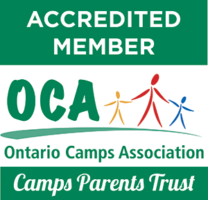Seth Gibson Honored at VCA!
Our very own Seth Gibson ’67 received a lifetime achievement award from the Vermont Camps Association (VCA) at a recent ceremony. Seth has been working at Keewaydin Dunmore since 1967. During that first summer he and Abby Fenn led one of the first Wilderness trips: Seven-weeks, 500-miles, 15 people, and seven canoes, or just plain […]
Manor House
Camp Songadeewin HSSS Form_Complex
Spring 2019 KEEC Update!
While the summer camps don’t officially start until June, in early April staff start to arrive on the Songadeewin campus on Lake Dunmore in Salisbury, VT for the Keewaydin Environmental Education Center (KEEC). Many camp alumni may be surprised to learn that more than 600 public school children attend KEEC in the spring and the […]
Storytelling at Keewaydin Dunmore
Why The Kicker? Summer 2015 Kicker Editor, Sam Besser ’15, wrote the following article for the opening Kicker Campfire in the summer of 2015. By this point in the evening, many of you may have been lulled into a gentle stupor by the sound of Pete’s mellifluous voice coupled with words that, like a gentle […]
Advice For A “Homesick” Parent
A recent article in The Atlantic gives some wonderful advice for parents who are feeling “homesick” for their child. A Summer Camp Lesson: Good-bye, and Go Away, Thank You Very Much Dropping a kid off for camp can test a parent’s resolve. But standing back to let a child develop autonomy is one of […]
12 Tips For Parents Sending Their Child To Camp
Inspired by a recent article in Parent Magazine, these are 12 tips designed to help parents and their child prepare for the summer at one of Keewaydin’s camps. 1. Follow the Packing List This is pretty easy. The camp Directors have prepared a comprehensive packing list for your review. Study the list carefully to make […]
Expedition 2012 make’s the Year-End Update in Vermont’s Seven Days Newspaper
To read the update, and hear more about the Crew post Expedition, click here : Vermont Canoe Paddlers Complete 1200-Mile Voyage to Canada’s James Bay | Seven Days.
2012 NYC Alumni Reception a Huge Success
Monday, October 22 was a truly magnificent evening for Keewaydin at the Yale Club in New York City. Thank you to all who could attend and those who contributed. Highlights included recognition of the Expedition 2012 crew, a presentation of a Memorial Service Award to Anthony M. Schulte’s family, and the presentation of the 2012 Keewaydin Service Award to […]
Check out the great Keewaydin video “Verendrye Brothers”!
Click here to check out the new video-“Verendrye Brothers“
Check out the fantastic video of a Waramaug climbing day trip to the Falls of Lana!
Click here to check out Waramaug at the Falls of Lana



